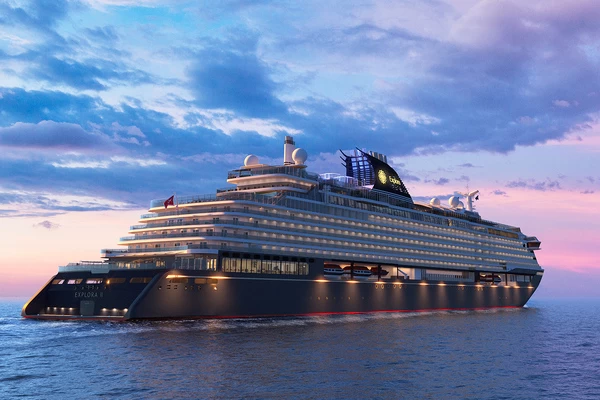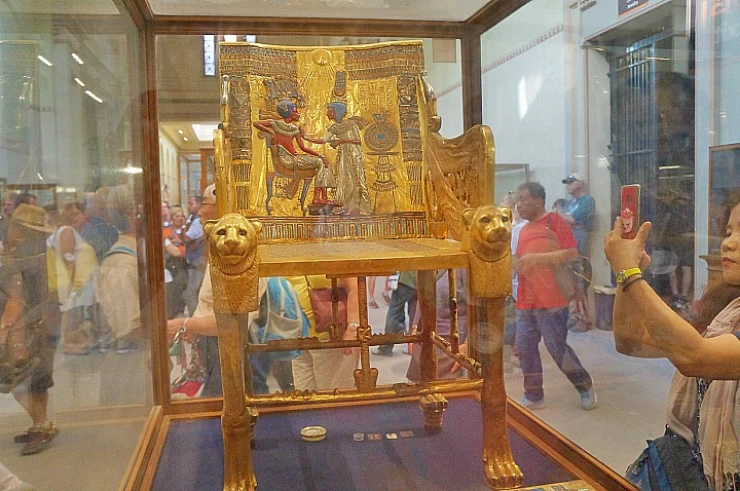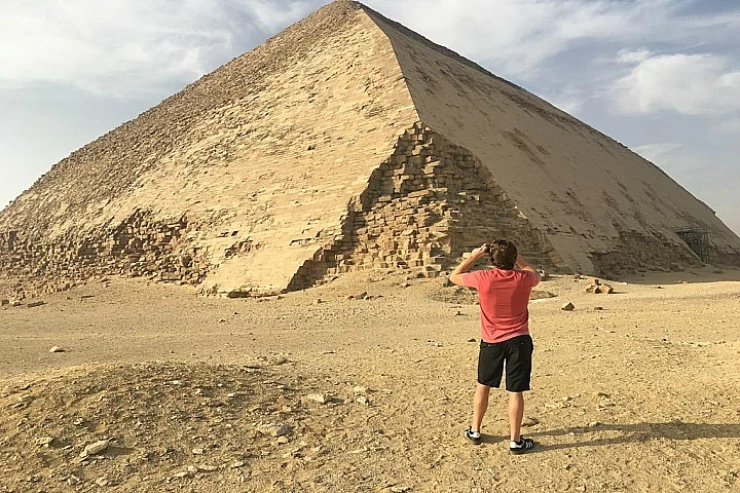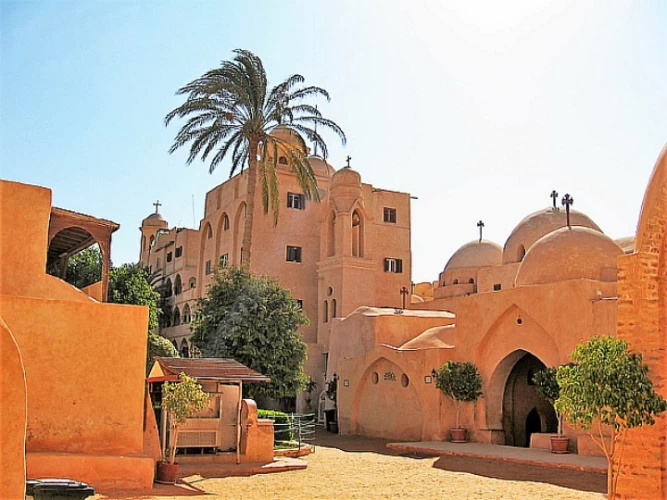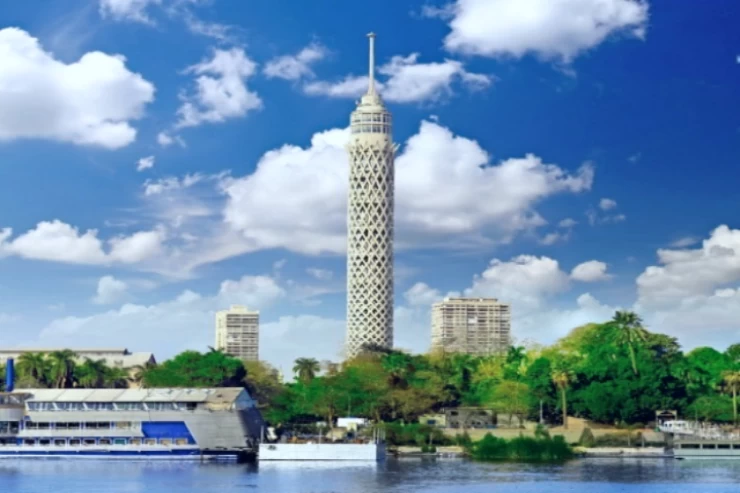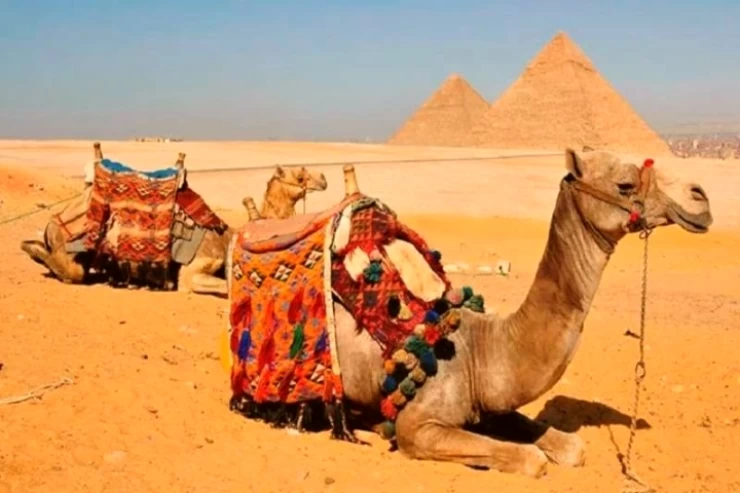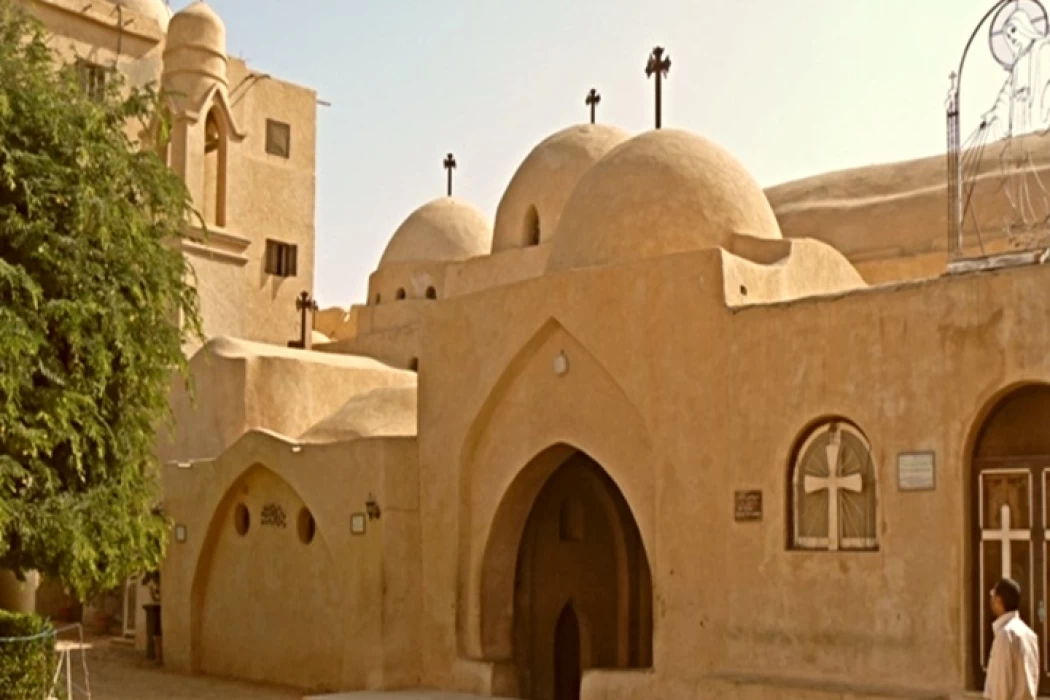
The Monastery of El Suryan | Deir Al-Surian Cairo Attractions
The Monastery of El Suryan
The Monastery of El Suryan: A Treasure Hidden in Egypt's Desert
The place exists since the 6th century which marks its place amongst the most historically and spiritually significant sites in the nation. The monks of Saint Beshoy created the Monastery for the purpose of becoming a haven for those holding dissent against the Julianist ideas - a debate about the nature of the body of Christ.
End of 8th century, theological disputes gradually ceased and eventually ended in the selling of the structure to rich Syrian merchants, who gave it then in charge to a body of Syrian monks. From that time, it has been thus known as the Monastery of the Holy Virgin of the Syrians (El Suryan). Over the years, the nature of decor kept changing whereby most of the Syrian monks were replaced by Egyptian monks, and the monastic establishment now belongs to the Egyptian Coptic Church.
The monastery also, like many other historical edifices in the region, has been struck by raids from bedouins several times and restored a number of times.
The belief issues terminated, and therefore the religious residence was sold out to wealthy Syrian merchants who gave it to a bunch of Syrian monks, so it had been named the religious residence of the Holy Virgin of the Syrian.
Throughout the centuries, Egyptian monks substituted the Syrian, and currently, the religious residence belongs to the Egyptian Coptic Church. Like different buildings of the realm, the religious residence was broken by the attacks of the Bedouins and fixed many times.
The monastery's walls rise virtually eleven m tall, with the doorway in the associate extreme of the side. inbuilt in the ninth century, the tower consists of 4 floors with a lift bridge within the second.
Deir Al-Surian Cairo Attractions
rock bottom floor was used as storage and it had a well. The library that after had a valuable assortment of manuscripts (now scattered between the Vatican Palace and therefore the British Museum) was on the second floor.
On the third floor, there were dormitories for the monks and on the fourth, there was a chapel dedicated to the Archangel Michael.
Inside its compound, the religious residence comprises a reservoir, the dining hall, a special library, a museum, a variety of cells for the monks, and four churches. Engineered by Moses Nisibis, the Chapel of the Cardinal Martyrs was dedicated to the cardinal martyrs killed by the Bedouins in 444. The chapel has scenes of the Holy Virgin, St. Mark Evangelist, and Patriarch Father.
Among the four churches, square measure the church of Saint Honnos and Marutha (10th century) that isn't currently in use and therefore the Church of Saint John the Microscopic that is in ruins. Qualitative analysis of the eleventh century, the Church of the Woman Blessed Virgin encompasses a rectangular setup with a domed roof, a choir, and a sanctuary, all influenced by the Mesopotamian vogue.
The skillfully made wood works within the doors, and therefore the iconostasis square measure terribly stunning. The Church of The Holy Virgin (the seventh century) was built in a Roman building setup. A rounded court ends up in the church that consists of an area, a choir, and a sanctuary.
The domed ceiling of the central area is made of wood. On each of the walls, and therefore the cupola, there are paintings of Ibrahim, Isaac, Jacob, the Ascension of Christ, the Virgin, the Twelve Apostles, Christ on his throne with laze on his right and the sun on his left, the Annunciation, and the religious holiday of Mary, among others.
fabricated from ebony and ivory incrustations, the eleventh-century door that separates the choir from the sanctuary may be a terribly stunning masterpiece of craft.
The Church of the Holy Virgin dates back to the seventh century, and it absolutely was built on a Roman building set up. A rounded court results in a church that consists of an area, a choir, and a sanctuary. The domed ceiling of the central area is created of wood. On the walls, there are paintings of the patriarch, Isaac, Jacob, the Ascension of Christ, the Virgin, the Twelve Apostles, Christ on his throne with Stagnating on his right and also the sun on his left, and also the Annunciation. The eleven-century picket door that separates the area from the choir is taken into account as an excellent piece of art because it is created of ebony, with ivory adornments, containing xlii panels in seven registers that have pictures of patriarchs and saints. The altar within the square sanctuary dates back to the tenth century. The sanctuary has stucco friezes with the influence of Samarra art.
Latest Articles
Admin
Seabourn Sojourn Cruise Stops in Safaga Port
The Seabourn Sojourn, the flagship vessel of Seabourn Cruise Line's ultra-luxury fleet, was built in 2008 at the T. Mariotti shipyard in Genoa, Italy. Measuring 198 metres, it can accommodate up to 450 guests in its 225 spacious all-suite staterooms.
Admin
Norwegian Sky Cruise Stops in Safaga Port
Norwegian Cruise Line operates a cruise ship called the Norwegian Sky. It was constructed in 1999 and can accommodate 2,004 passengers in addition to 878 crew members. The ship has several dining establishments, lounges and bars, a spa and fitness center, swimming pools, and a number of entertainment areas.
Admin
Explora II Cruise Stops in Safaga Port
Explora II, the second vessel in the Explora Journeys fleet, sets sail in 2024 to redefine luxury cruising. With 461 ocean-front suites, 9 culinary experiences, and 4 pools, this haven of sophistication and sustainability promises an unforgettable "Ocean State of Mind" journey to inspiring destinations.
Admin
Mein Schiff 6 Cruise Stops in Safaga Port
The Mein Schiff 6 is the latest cruise ship in the renowned TUI Cruises fleet, offering passengers a luxurious and sophisticated cruise experience. At 315 metres long, this floating resort features a range of dining options, entertainment, and recreational facilities, including a spa, fitness centre, and sports amenities.
Admin
Mein Schiff 4 Cruise Stops in Safaga Port
When the Mein Schiff 4 cruise ship docks in Safaga, Egypt, passengers are granted access to a realm of ancient wonders. Aboard this state-of-the-art vessel, guests can embark on meticulously curated shore excursions that showcase the region's most iconic landmarks, including the Giza Pyramids, the enigmatic Sphinx, and the remarkable tombs and temples of the Valley of the Kings in Luxor.
Admin
MS Europa Cruise Stops in Safaga Port
The Silver Moon, Silversea's latest flagship, is a luxury cruise ship that offers an exceptional travel experience for Venezuelans exploring Egypt. With a capacity of 596 guests and an impressive 40,700 gross tonnes, the Silver Moon maintains the small-ship intimacy and spacious all-suite accommodations that are the hallmarks of the Silversea brand.


